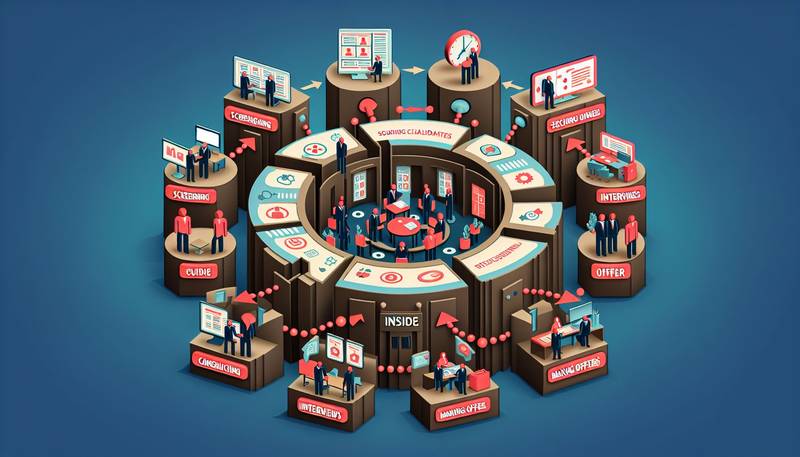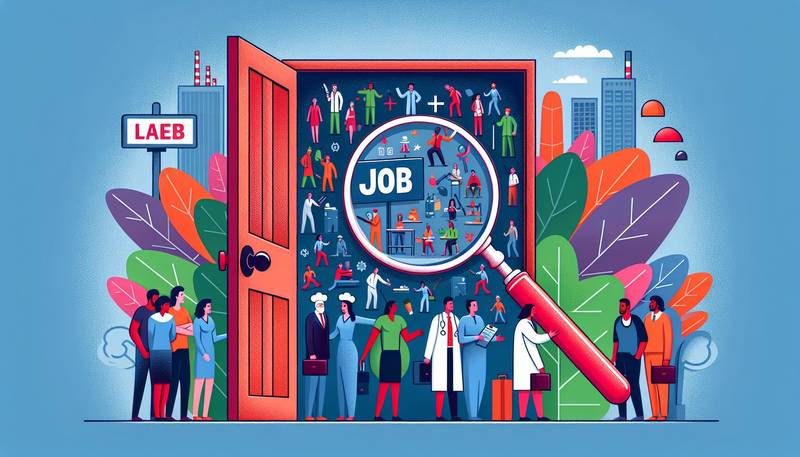Understanding the Recruitment Process from Inside Out
Understanding the recruitment process from inside out is essential for both recruiters and job seekers. By having a deep understanding of how recruitment works, individuals can better navigate the job market and secure the right opportunities.
The Planning Stage
The recruitment process begins with the planning stage, where recruiters identify the need for a new hire and define the requirements for the role. This stage involves collaborating with hiring managers to understand the job specifications, responsibilities, and desired qualifications. Recruiters also develop a job description and job advertisement to attract suitable candidates. It is crucial to have a clear plan in place before moving forward with the recruitment process.
Sourcing and Attracting Candidates
Once the planning stage is complete, recruiters move on to sourcing and attracting candidates. This involves utilizing various channels to reach potential candidates, such as job boards, social media platforms, networking events, and employee referrals. Recruiters must actively promote the job opening and engage with candidates to generate interest in the opportunity. By casting a wide net and using multiple sourcing methods, recruiters can increase their chances of finding the right candidate for the job.
Screening and Selection
After attracting a pool of candidates, recruiters proceed to the screening and selection stage. This involves reviewing resumes, conducting initial interviews, and assessing candidates against the job requirements. Recruiters use various tools and techniques, such as skills assessments, behavioral interviews, and reference checks, to evaluate candidates' suitability for the role. The goal is to identify the best-fit candidate who possesses the necessary qualifications and fits the company culture.
Interviewing and Assessment
The interviewing and assessment stage is a critical part of the recruitment process, where recruiters have the opportunity to engage with candidates on a deeper level. Recruiters conduct in-depth interviews to assess candidates' skills, experience, and cultural fit with the organization. This stage may also include additional assessments, such as technical tests or personality assessments, to further evaluate candidates' suitability for the role. By thoroughly evaluating candidates during the interview process, recruiters can make informed decisions about who to move forward with in the hiring process.
Offer and Onboarding
Once a candidate has been selected, recruiters move on to the offer and onboarding stage. This involves extending a job offer to the chosen candidate and negotiating terms of employment, such as salary, benefits, and start date. Recruiters work closely with hiring managers and candidates to ensure a smooth transition into the organization. Onboarding is a crucial part of the recruitment process, as it sets the foundation for a successful integration of the new hire into the team and company culture.
Conclusion
Understanding the recruitment process from inside out is essential for both recruiters and job seekers. By having a deep understanding of each stage of the recruitment process, individuals can navigate the job market more effectively and make informed decisions about their career. Recruiters play a vital role in attracting, screening, and selecting candidates, while job seekers must be proactive in showcasing their skills and experience to stand out in a competitive market. By working together, recruiters and job seekers can create successful matches that benefit both parties and contribute to the growth and success of organizations.











